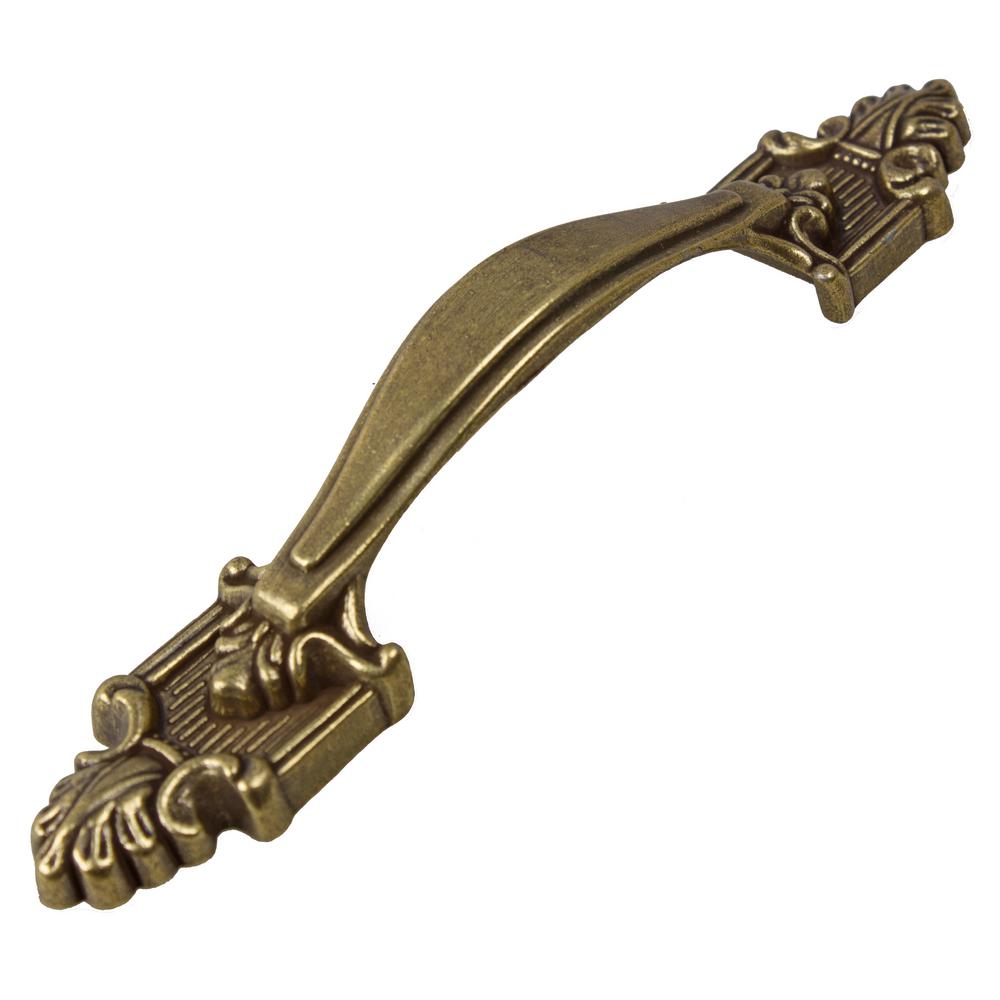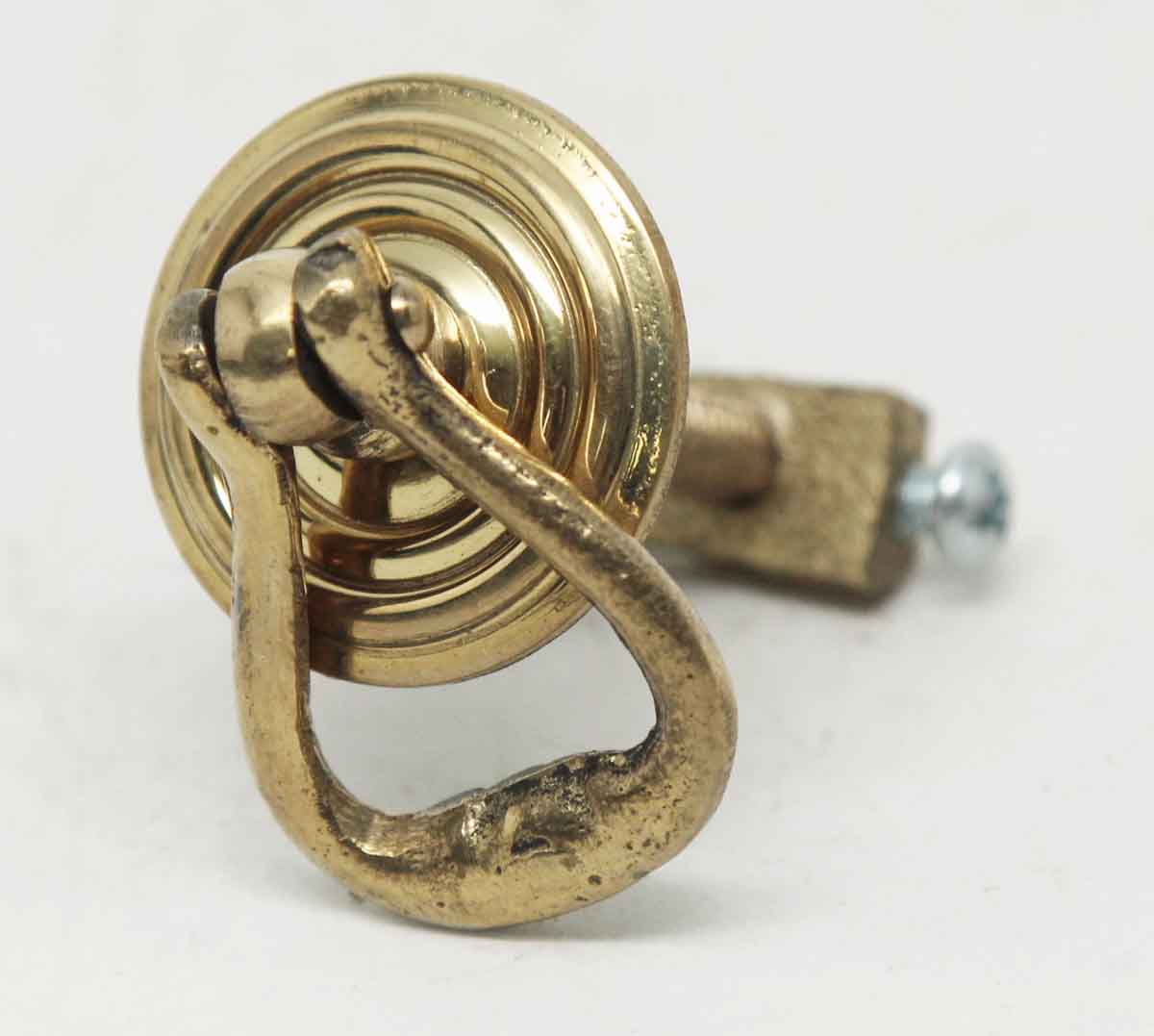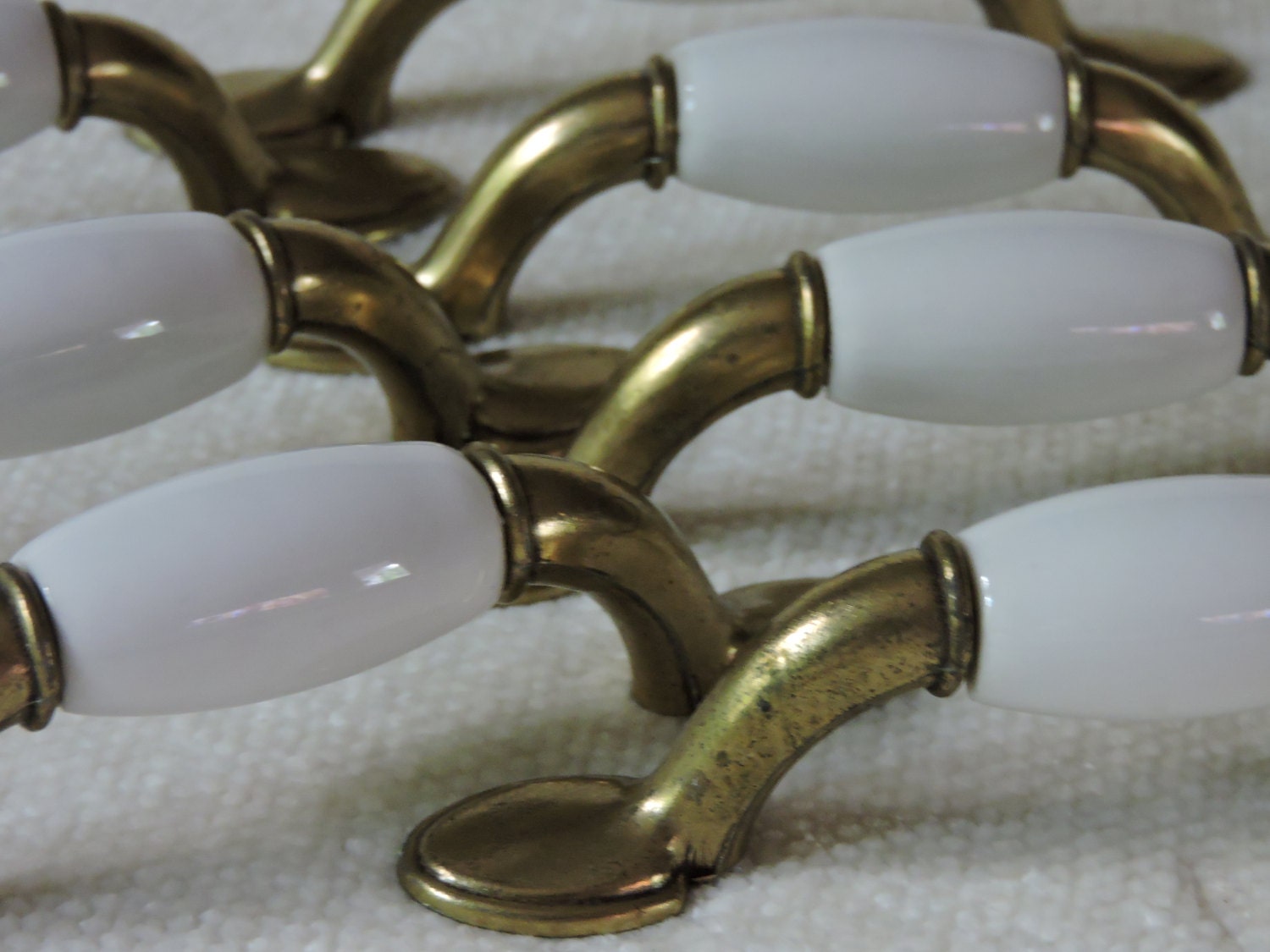
Īlthough copper and zinc have a large difference in electrical potential, the resulting brass alloy does not experience internalized galvanic corrosion because of the absence of a corrosive environment within the mixture. Depending on how the sulfide/sulfate layer was formed, this layer may protect the underlying brass from further damage. This often happens when the copper reacts with sulfur to form a brown and eventually black surface layer of copper sulfide which, if regularly exposed to slightly acidic water such as urban rainwater, can then oxidize in air to form a patina of green-blue copper sulfate. īrass will corrode in the presence of moisture, chlorides, acetates, ammonia, and certain acids.

The addition of as little as 1% iron to a brass alloy will result in an alloy with a noticeable magnetic attraction. Combinations of iron, aluminium, silicon, and manganese make brass wear- and tear-resistant. Tin has a similar effect and finds its use especially in seawater applications (naval brasses). Aluminium also causes a highly beneficial hard layer of aluminium oxide (Al 2O 3) to be formed on the surface that is thin, transparent, and self-healing. Īluminium makes brass stronger and more corrosion-resistant. The general softness of brass means that it can often be machined without the use of cutting fluid, though there are exceptions to this. Billets are heated and extruded into the desired form and size. Brass scrap is collected and transported to the foundry, where it is melted and recast into billets. Because brass is not ferromagnetic, it can be separated from ferrous scrap by passing the scrap near a powerful magnet.

Today, almost 90% of all brass alloys are recycled. By varying the proportions of copper and zinc, the properties of the brass can be changed, allowing hard and soft brasses.

The relatively low melting point of brass (900 to 940 ☌, 1,650 to 1,720 ☏, depending on composition) and its flow characteristics make it a relatively easy material to cast. Microstructure of rolled and annealed brass (400× magnification)īrass is more malleable than bronze or zinc. The tin in bronze will not react with these minerals.īrass is often used in situations in which it is important that sparks not be struck, such as in fittings and tools used near flammable or explosive materials. Brass is not suitable for such items as boat propellers because the zinc reacts with minerals in salt water, leaving porous copper behind. The composition of brass, generally 66% copper and 34% zinc, makes it a favorable substitute for copper based jewelry, as it exhibits greater resistance to corrosion. It is used extensively for musical instruments such as horns and bells, and also used as a substitute for copper in making costume jewelry, fashion jewelry, and other imitation jewelry. It has also been widely used to make utensils due to properties such as having a low melting point, high workability (both with hand tools and with modern turning and milling machines), durability, and electrical and thermal conductivity.īrass is still commonly used in applications where corrosion resistance and low friction are required, such as locks, hinges, gears, bearings, ammunition casings, zippers, plumbing, hose couplings, valves, and electrical plugs and sockets. īrass has long been a popular material for decoration due to its bright, gold-like appearance being used for drawer pulls and doorknobs. Historically, the distinction between the two alloys has been less consistent and clear, and modern practice in museums and archaeology increasingly avoids both terms for historical objects in favor of the more general " copper alloy". Both bronze and brass also may include small proportions of a range of other elements including arsenic (As), lead (Pb), phosphorus (P), aluminium (Al), manganese (Mn), and silicon (Si). It is a substitutional alloy: atoms of the two constituents may replace each other within the same crystal structure.īrass is similar to bronze, another alloy containing copper that uses tin instead of zinc.

1500.īrass is an alloy of copper (Cu) and zinc (Zn), in proportions which can be varied to achieve varying mechanical, electrical, and chemical properties. Attributed to Aert van Tricht, Limburg (Netherlands), c.


 0 kommentar(er)
0 kommentar(er)
